When speaking of Nara, shrines and temples such as Todaiji Temple and Kasugataisha Shrine first come to mind, but a stroll around town is also enjoyable, because Nara has old farmhouses and merchant houses, and long mud walls, which look atmospheric and wonderful.
An area expanding on the north side of Nara Station on the Kintetsu line is commonly called “Kitamachi.” The shrines and temples and some south areas from Nara Station (Naramachi) recently have been overrun by many tourists including foreigners, but I found only local people in Kitamachi. The area is not flat (there are many slopes here and there) and you might get out of breath, but it has abundant natural surroundings and so I recommend you to stroll this area rather than Naramachi when the weather is fine.
Let’s go on a walk in Kitamachi!
When you walk northward for about 10 minutes in a shopping street after getting off at Nara Station on the Kintetsu line, you will find Kitamachi Information Center. I got Kitamachi maps and polite explanations.
Map for Walking about Kitamachi
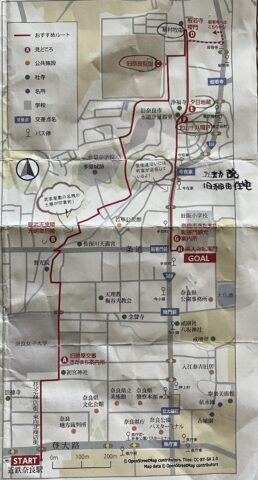
A: Kitamachi Information Center
B: Ancient Tombs of Emperor Shomu and His Wife
C: Former Nara Prison
D: Hannyaji Temple
F: Public Shelter
I walked roughly along the red line on the map.
Kitamachi Information Center (Former Kagiya Police Box)
This building played an important role as a Koban (police box) for a long time of period, and was beloved by and familiar among local people. Now, it is utilized as an information center building. The center attendants are also very kind to tourists.
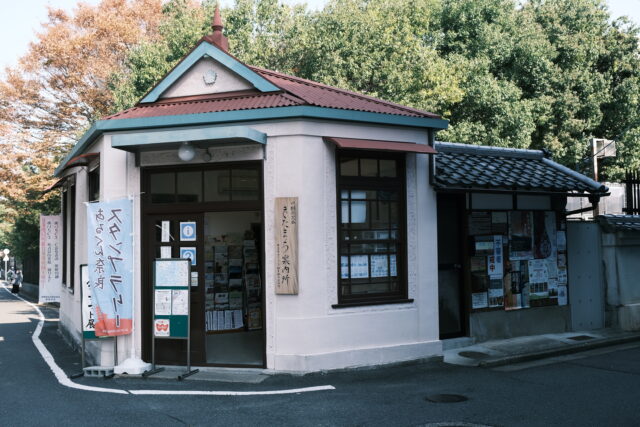
Nara Women’s University
A main gate of Nara Women’s Univ. stands on the west of the information center. A campus festival was held on that day, so I dropped in the campus.
The predecessor of Nara Women’s Univ. is Nara Women’s Higher Normal School, established in 1908. Memorial Hall is the main hall of the higher normal school, and has been designated as an important cultural property. The wooden two-storied building, built in 1909, has been mostly unmodified since the completion (chairs in the lecture hall are also those used at that time). There are 7 rooms including an office room in the first floor, and one lecture hall is on the second floor having a chandelier on its ceiling. The hall is utilized in entrance and graduation ceremonies, and as playing stages for students even now.
Shopping Street and Ancient Tomb
After leaving Nara Women’s University, I walked northwards in the shopping street. I came across a deer taking a walk here. I saw townhouses with a splendid gate, Japanese-style restaurants, and old-fashioned shops while walking along the quiet street. A museum was set up in a remodeled private residence. Ancient tombs of Japanese Emperor Shomu, who built Todaiji Temple, and his wife Empress Komyo.
Horen-Cho
From the tombs, I walked toward mountains (in the direction of the northeast). The incline of a slope became steep. Mud walls of samurai residences, which are holdovers from the Edo era, remained in this town, Horen-Cho. It is almost as if the long ocher mud wall continued to the end of the world; I felt a refined atmosphere, while walking. As the season when I went there was autumn, I saw Japanese persimmons here and there; that is perfectly the Nara-like landscape. I haven’t seen a stone wall having a stone statue of Jizo (Kshitigarbha) deified in it in other areas.
Public Shelter and Venturi Meter Chamber
Only slopes are in this neighborhood, generally called Nara-zaka (Nara slope). The building having white and wooden walls and a tiled roof is a former public shelter named Kitayama-Juhakenko, which is the first public shelter of charitable works in Japan, and had been used as a hospital ward for receiving and treating lepers. It was built in the Nara Period (1240) and had been used until the end of the Edo Period (1869).
The old red brick building across the road from the shelter is a chamber in which a device (a wind-up venturi meter) for measuring the quantity of tap water sending to Nara-City was installed. It was built in 1922.
When observing the scenery to the south of here extending into the old part of Nara City, I felt that the Daibutu-den (Great Buddha Hall) in Todaiji temple was closer and bigger than I thought. What a beautiful view it is except for telephone poles and electric cables!
Daibutu-den seen from the slope. The building with black roof tiles is the public shelter.
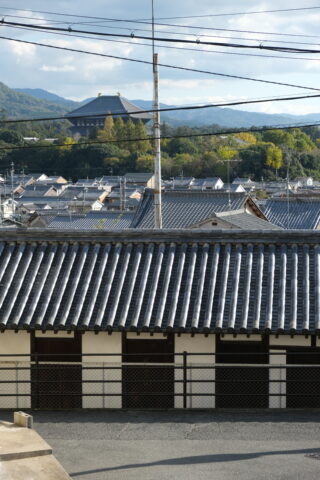
Former Nara Prison
This Romanesque modern building made of red bricks is a former Nara prison, completed in 1908. The government facility was abolished in 2017 because of problems including a lack of resistance to earthquakes. However, the buildings were designated as an important cultural property at the same year, and Hoshino Resorts Inc. succeeded to the preservation of the buildings. The buildings will be utilized as a hotel, commonly called “Prison Hotel.” Now, you can see only the main gate and nobody can enter because it is under construction. The hotel will open in the spring of 2026.
Uemura Farm and Hannyaji Temple
Uemura farm is located in front of the gate of the famous temple, Hannyaji. The farm started its operation in 1883, and they manually make dairy products even now. Cowhouses are those made in the Meiji-Period, and they have sheep and goats, in addition to dairy cattle. There is a restaurant or a shop on their site, and I had ice cream they made.
The Hannyaji Temple is famous for various flowers, especially cosmoses. The two-storied gate of this temple is one of the national treasures. I visited the temple at the end of autumn, but I could see cosmos blossoms.
Old Private Houses
I saw some old houses along the road while walking southward from Hannyaji Temple. There is one of the oldest farmer houses in Nara, Hosoda Residence, or merchant houses having beautiful lattices. Decorations on the roofs were so big. I’ve never seen the decoration having such a big size. Lattice windows on the second floor are the symbol of Japanese house, but these days they have been disappearing more and more and are almost not seen.
Kitamachi is located in Nara City, but is rich in nature. I really like the scinery of Daibutuden Hall in Todaiji Temple seen from the Nara slope.


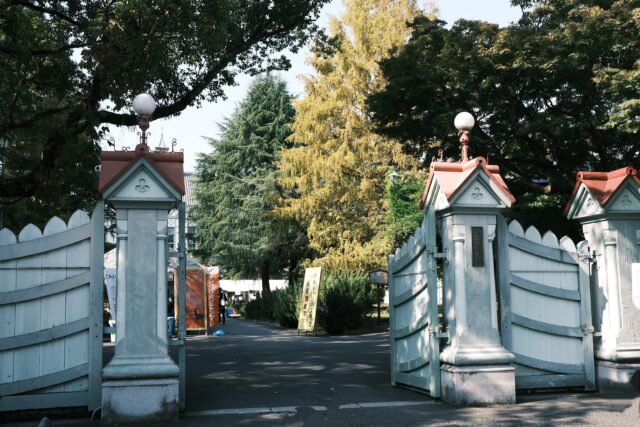
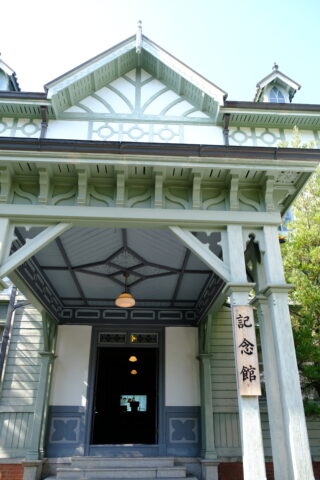
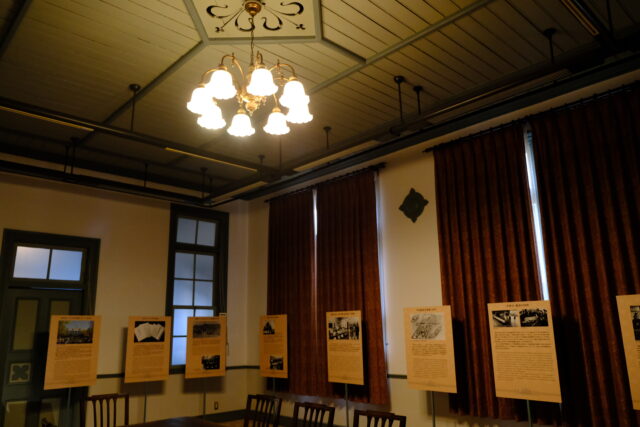

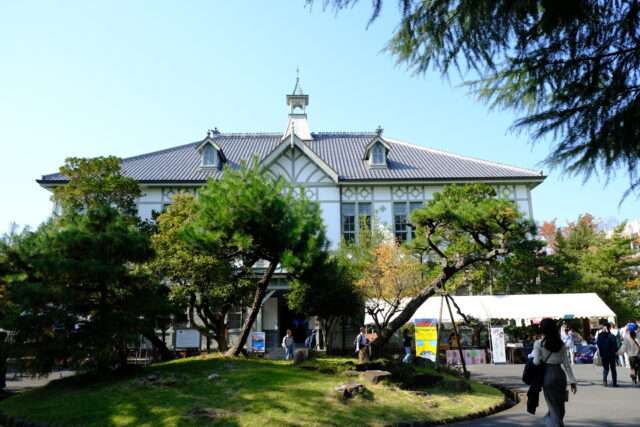
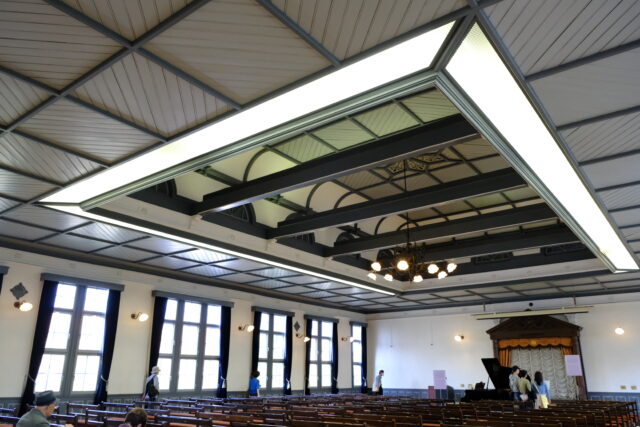
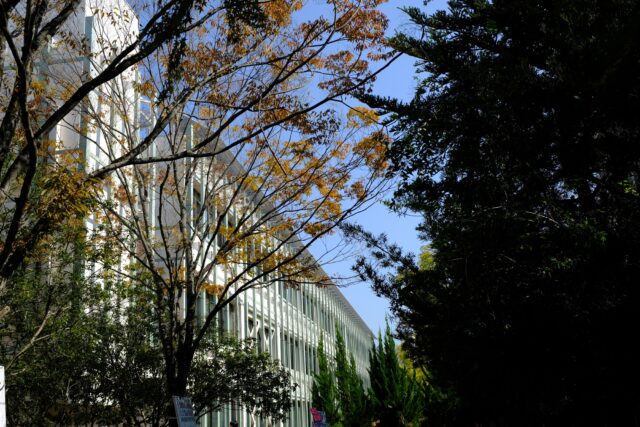
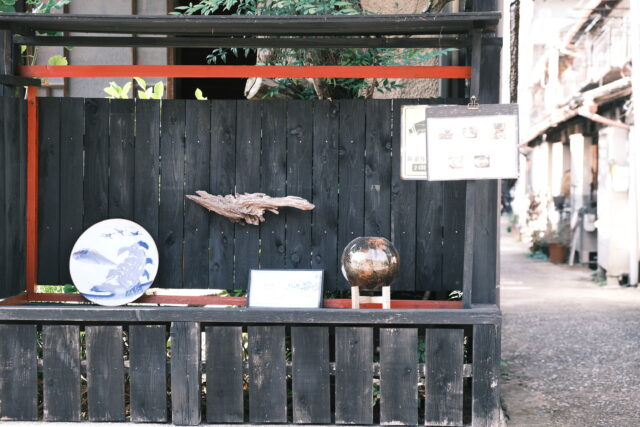
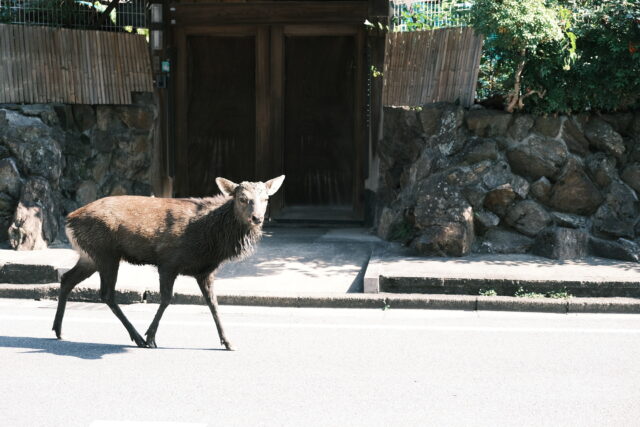
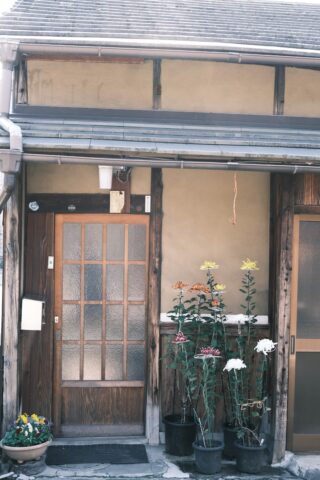
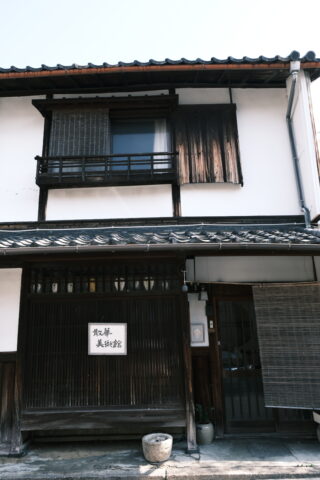
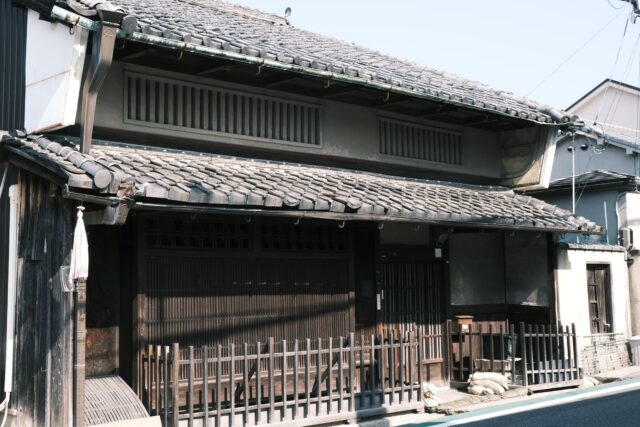
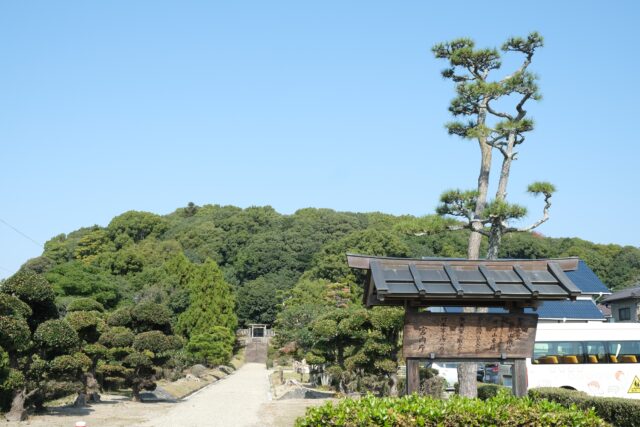
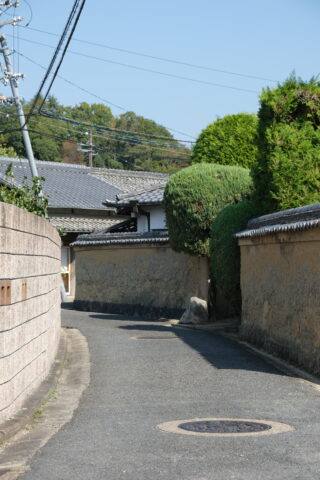
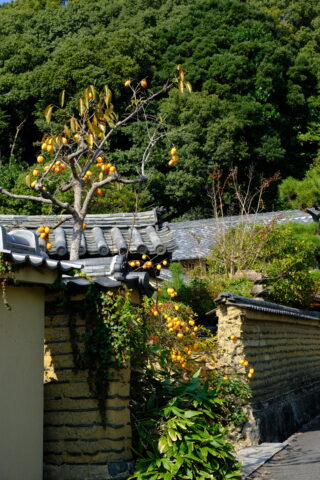
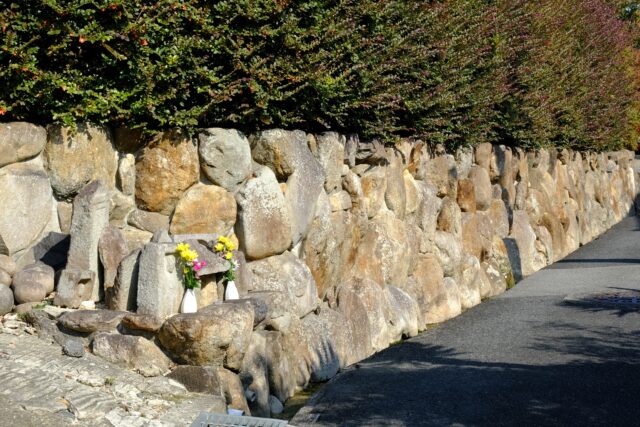
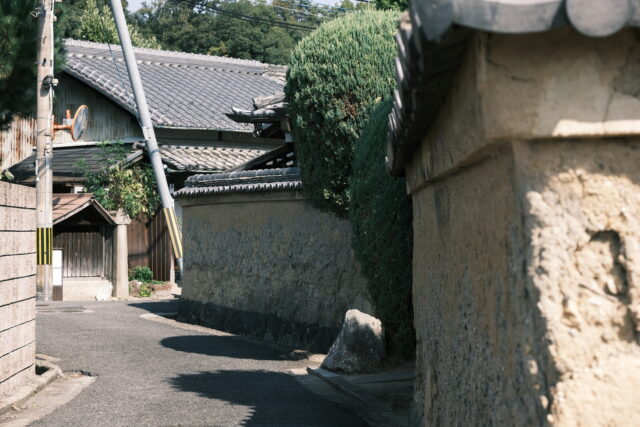
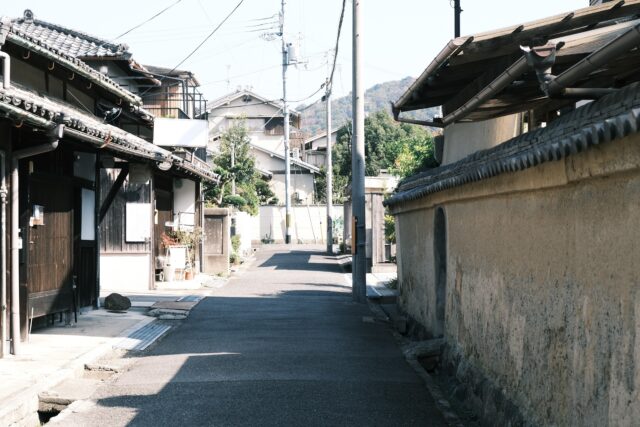
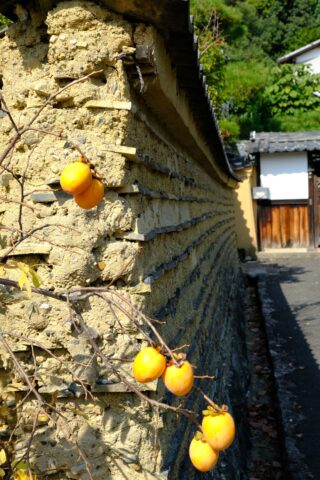
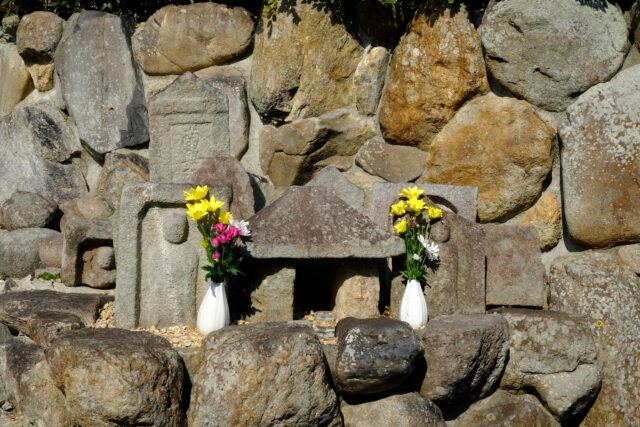
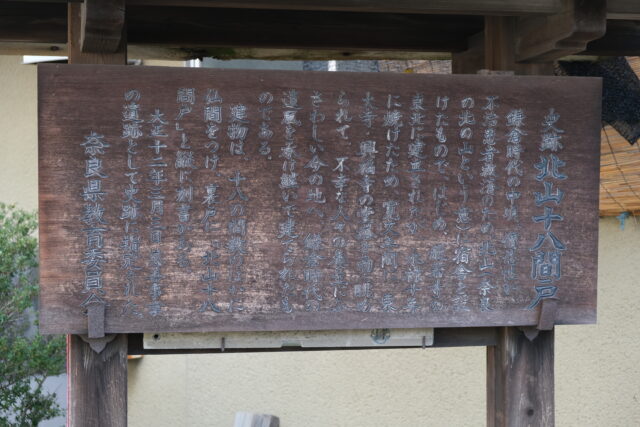
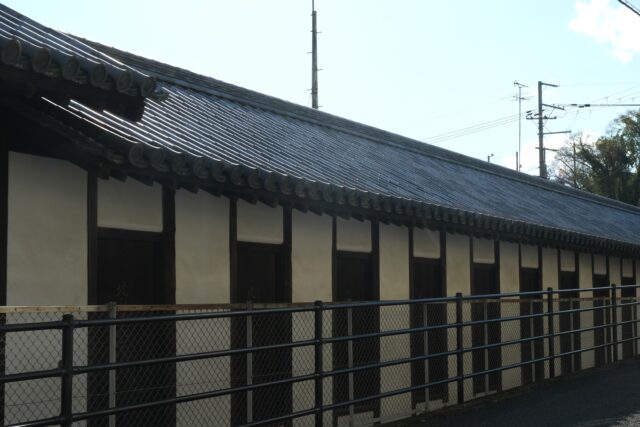
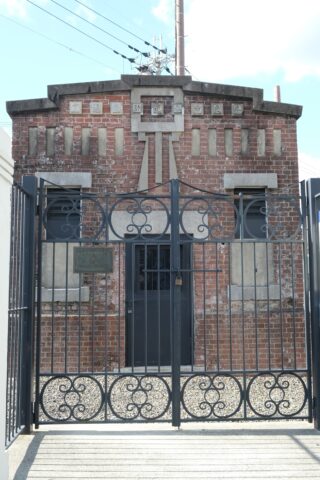
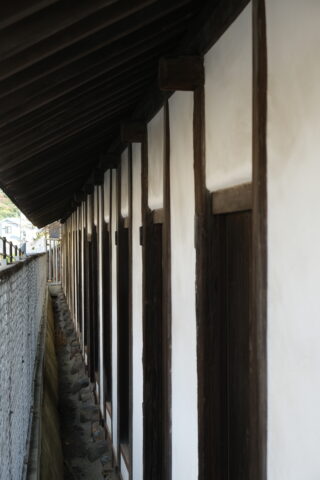
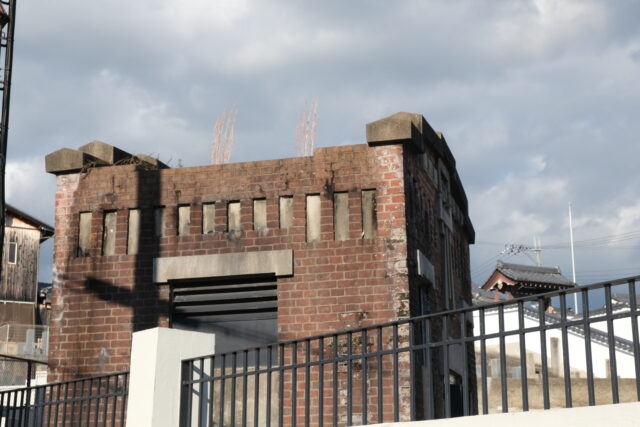
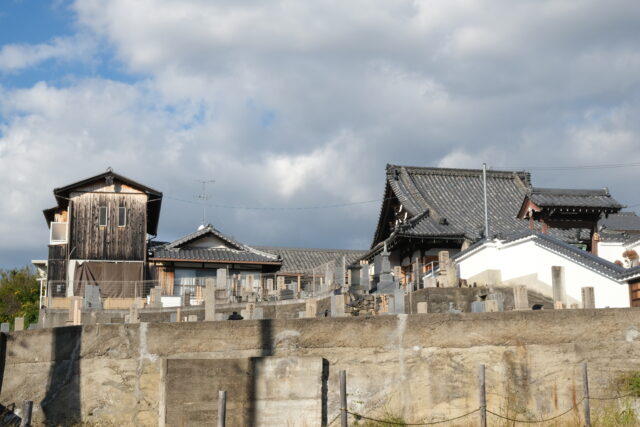
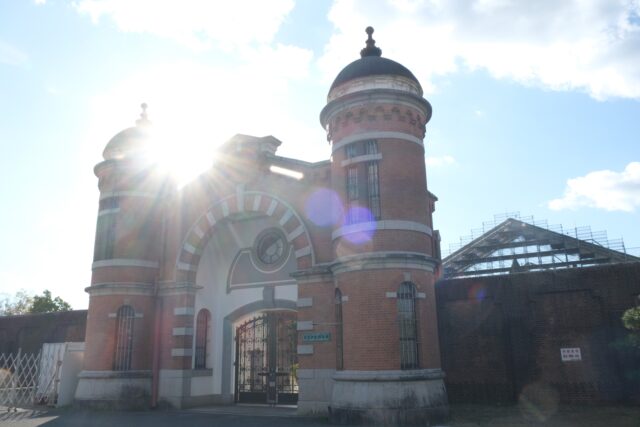
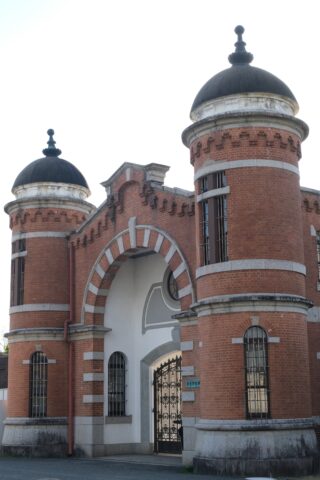
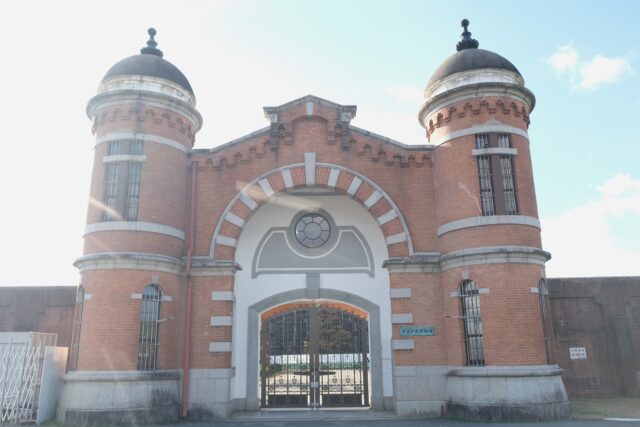
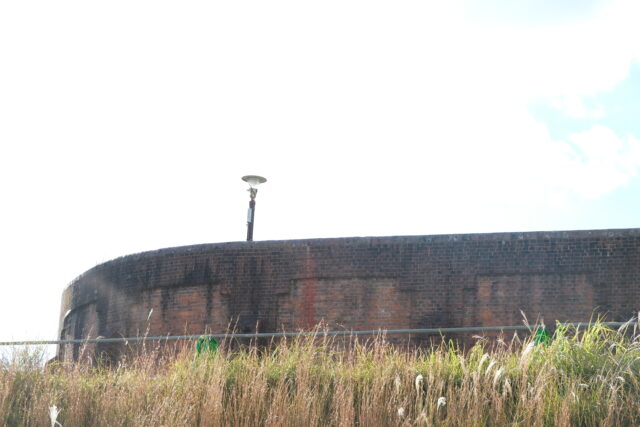
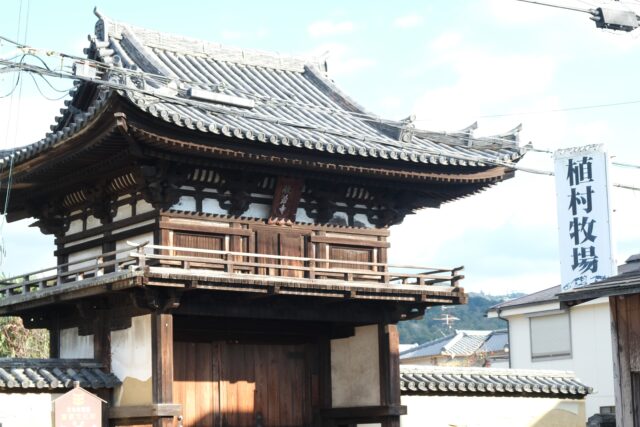
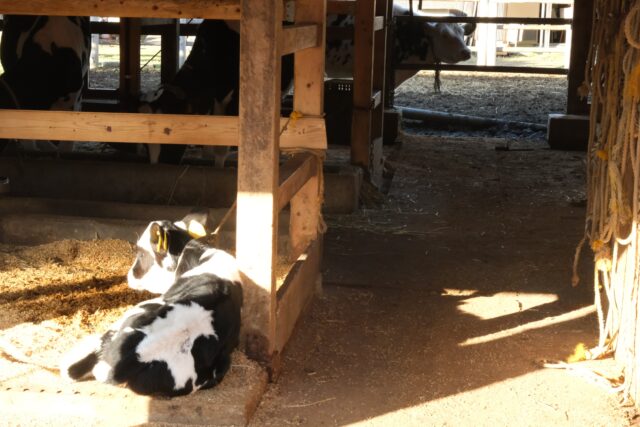
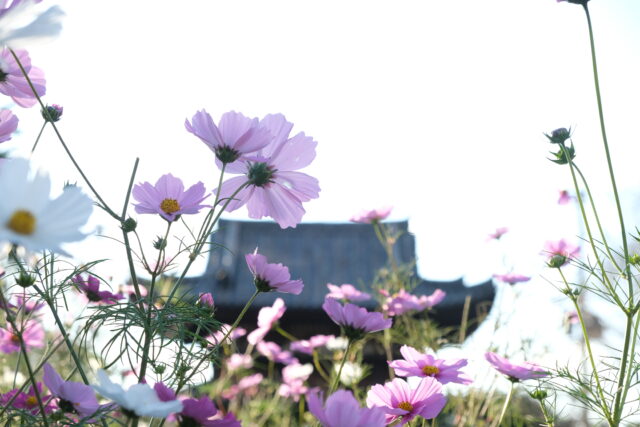
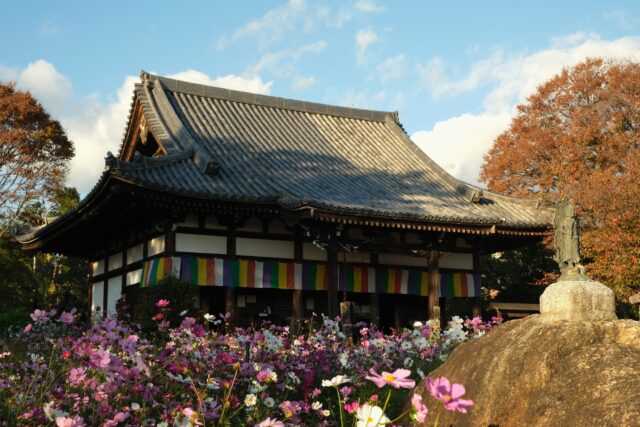

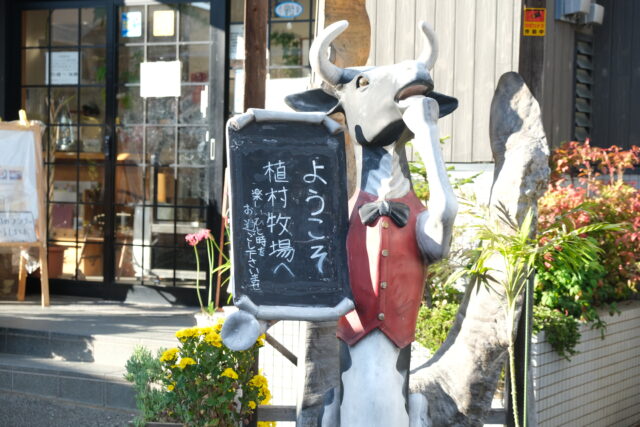
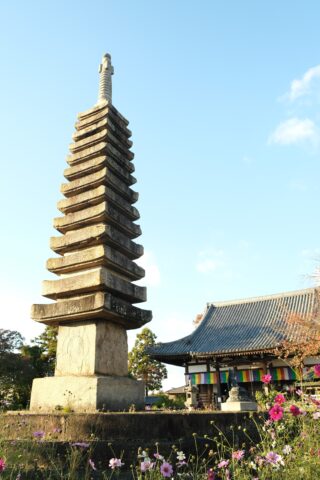
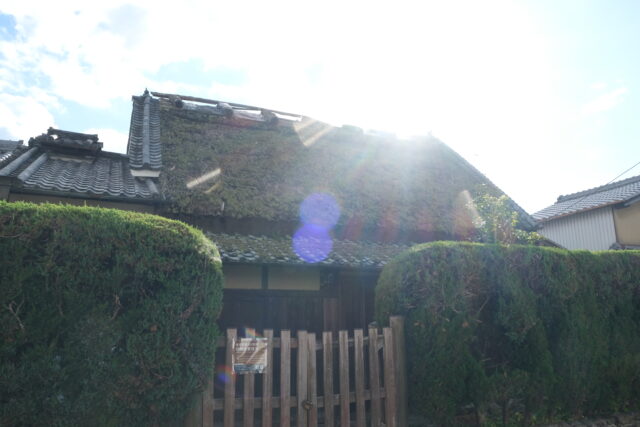
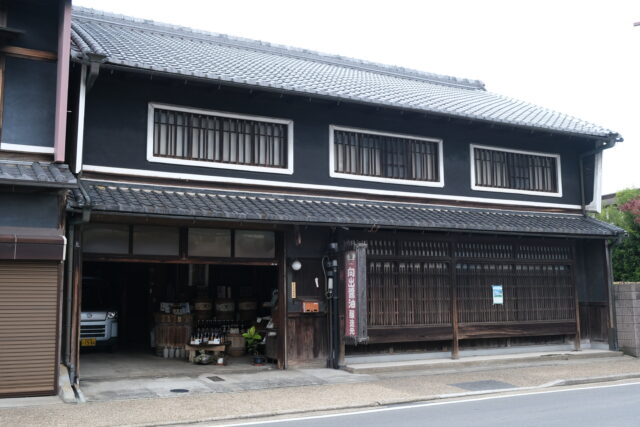

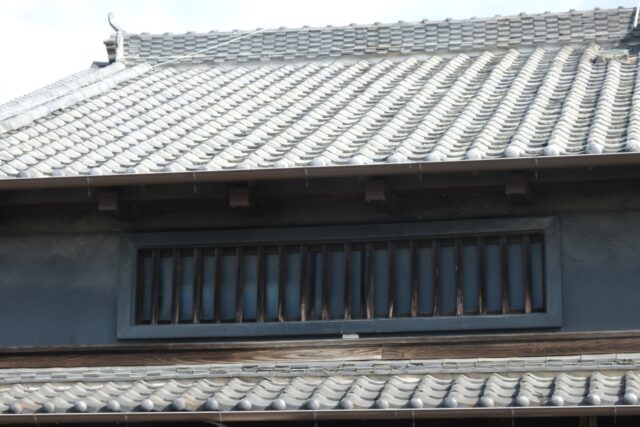

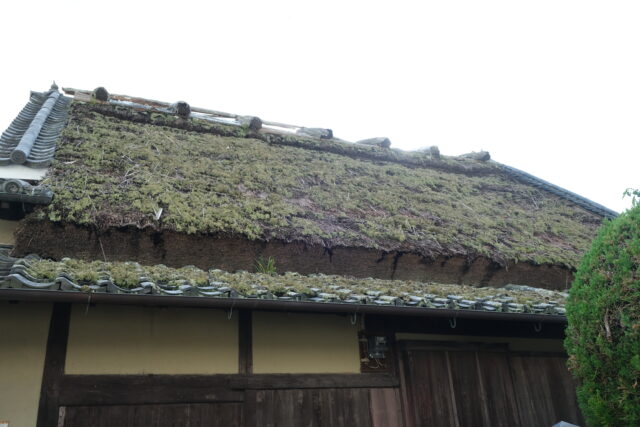
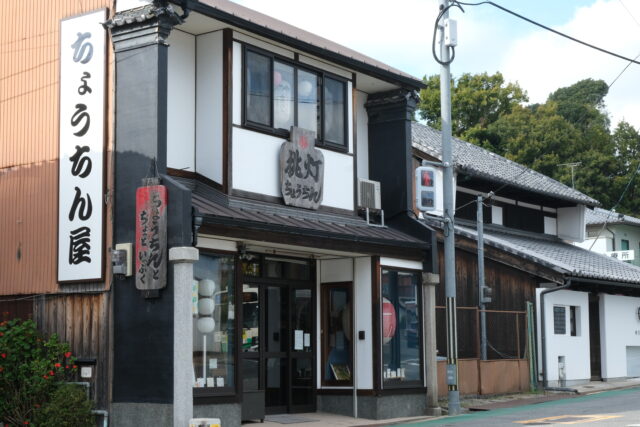
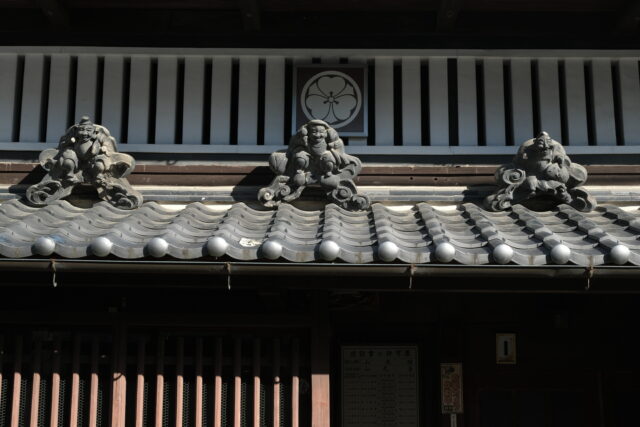
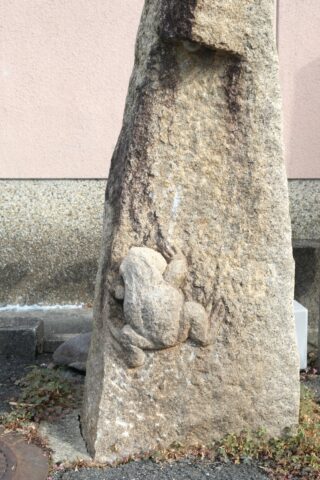
Leave a Reply